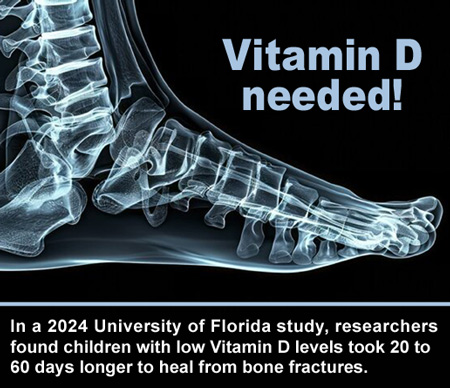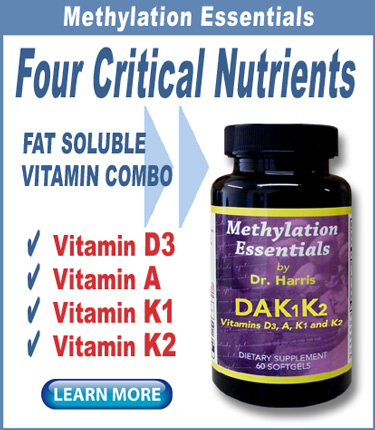The American Academy of Pediatrics has a problem.
In 2022 they published a Where we stand statement insisting healthy children “do not need Vitamin D supplementation over and above the recommended dietary allowances.”
But then in 2023 their own research revealed the fly in the ointment: a large swath of children are not getting enough Vitamin D.
Their surveys found 15% of children between 1 to 11 years old were deficient; 17% of adolescents were deficient; and 32% of young adults were deficient.
When looking at an average of all age groups together—including adults—the situation is even worse: about 42% of Americans are deficient in Vitamin D.
Ironically, one of the reasons the Academy gives for widespread deficiencies is because people are following the Academy’s own decades-long advice to avoid sunshine and to use sunscreen. The Academy acknowledges that following this advice actually restricts exposure to the body’s best source of Vitamin D—sunshine.
Another apparent contradiction in Academy positions is that while they insist most children don’t need quality Vitamin D supplements at home, they do think food manufacturers should add cheap Vitamin D covertly into the food they’re processing and packaging.
New 2024 Study
Now new evidence, presented in September at the Academy’s 2024 National Conference & Exhibition, makes the case for supplementing even more clear.
The new study, conducted at University of Florida Health, showed children with insufficient Vitamin D levels took “weeks longer to heal” following an injury.
To conduct the study university researchers examined 186 extremity fracture cases in children that were presented between 2015 to 2022. The researchers found that low levels of Vitamin D correlated with longer healing times.
The study, entitled Low Vitamin D Levels Are Associated with Longer Healing Times in Pediatric Fracture Patients, is a retrospective study, meaning it relied on existing medical records rather than a controlled experiment. The sample size, while substantial, was still relatively small at 187 fractures.
The researchers collected various pieces of information, including patient demographics, medical history, and details about the injury. They also documented the treatment and outcomes. The researchers then compared the healing times between two groups: those with low Vitamin D levels (less than 30 ng/ml in their blood) and those with normal levels (30 ng/ml or higher).
“Significantly longer” healing times
Out of 187 fractures studied, more than 60% of the patients had low vitamin D levels. These patients showed significantly longer healing times, both in terms of clinical healing and radiographic healing. (Clinical healing refers to what doctors observe during consults and follow-ups, while radiographic healing refers to what is observed on x-ray images.)
Specifically, children with low Vitamin D levels who suffered a leg fracture that did not require surgery took an extra 20 days to heal clinically. Then, on the radiographic side, the average patient took two months longer to show signs the fracture was disappearing in x-rays.
Statistics for those cases where surgery was needed revealed healing took an extra month on average to heal clinically and nearly four months for fractures to fade on x-rays.
“Previous studies have focused more on how Vitamin D can help prevent fractures but now we are seeing a link between low vitamin D levels and longer fracture healing times,” said Jessica McQuerry, MD, senior author on the study. “Children need to be given well-balanced diets that include Vitamin D for overall health and to make sure when accidents do happen, they can heal appropriately.”
The study findings are two-fold: First, Vitamin D levels make a huge difference in the time it takes bone injuries to heal (20 to 60 days longer, depending on the observation method). Secondly, a large percentage of patients are Vitamin D-deficient (60% of patients in this study).
The American Academy of Pediatrics last increased their Vitamin D intake recommendations in 2008. Many experts think the recommendations are still too low. Perhaps, as studies like this continue to accumulate, the recommendations will one day be revisited.
Find Vitamin D in the following Optimal Health Systems products:
• Essential DAK1K2
• Exposure Protection Pak
• Optimal Longevi-D K2
• Whole Food Vitamin-Mineral
• Opti-Immune-VRL
– – –
Sources: American Academy of Pediatrics, HealthyChildren.org.


